To provide a quick guide, sometimes analysts and commentators (me included) will run simple numbers that compare the average rent in an area to its average property value and quote that as the typical gross rental yield. And often, these calculations will tell you that parts of the West Coast, for example, yield very well and that Auckland runs on low yields. It’s fair enough as a starting point. But that’s far from the whole story.
Let’s start with those simple rental yields. As of December 2022, Buller took the top spot with a gross rental yield of 6.2%, with Kawerau at 5.4%, Ruapehu and Grey both at 5.1%, and South Taranaki at 5.0%. At the other end of the spectrum, Queenstown yields 1.8%, Thames-Coromandel 2.1%, with MacKenzie and Auckland at 2.2%.
If you consider those low-yielders, most are ‘holiday’ areas that may not have deep and broad pools of long-term rental properties (Queenstown is a different story), and only Auckland is an ‘established main rental market’. Amongst the high yielders, all are small, rural parts of the country with relatively low property values.
And this is where the caveats start to come in. For example, some investment properties in areas such as Buller and Kawerau have delivered solid and stable returns to their owners from both a mixture of rental cash flow and capital gains. But there’s undoubtedly also a greater risk that vacancy periods crop up more often in those smaller markets than Auckland, for example, and when a vacancy occurs, it could well be longer too. A high gross yield of 5-6% on paper doesn’t mean much if you’re not actually collecting any rent.
On top of that, there’s probably a tendency for ‘fixed’ costs in $ terms such as insurance and maintenance to represent a higher % of the property value in smaller areas than the larger markets – in other words; these costs also eat into the relatively high gross yields that those smaller markets offer at first glance. Consider this; it costs roughly the same to replace an oven whether you are in Buller or Auckland.
It’s also important to note that averages can mask many important ‘real world’ distinctions. For example, the typical property in an area may not be the type that actually gets rented out. Indeed, a typical rental property may carry a lower value than the average for an area, potentially leading the simple calculations noted above to understate the true gross yield. Similarly, if you buy at a significant discount or manage to charge it out at above-average rents, this will also bolster the true yield.
So although none of this is rocket science, the simple point is that gross rental yields don’t tell the full story, and an assessment of the merits of an investment property needs to go much deeper. That said, at least the good news from a cashflow perspective is that rental yields (however they’re measured) should generally improve as property values drop and rents either hold flat or perhaps even still tick up a bit.
Of course, even if mortgage rates have now peaked, they may not suddenly come back down again quickly either, meaning that the cash flow side of a first/additional rental property investment may remain tricky for a while yet (especially if there’s no interest deductibility to claim).

Kelvin Davidson
Kelvin Davidson is the Chief Economist of CoreLogic New Zealand.




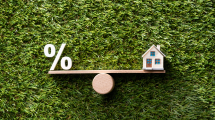
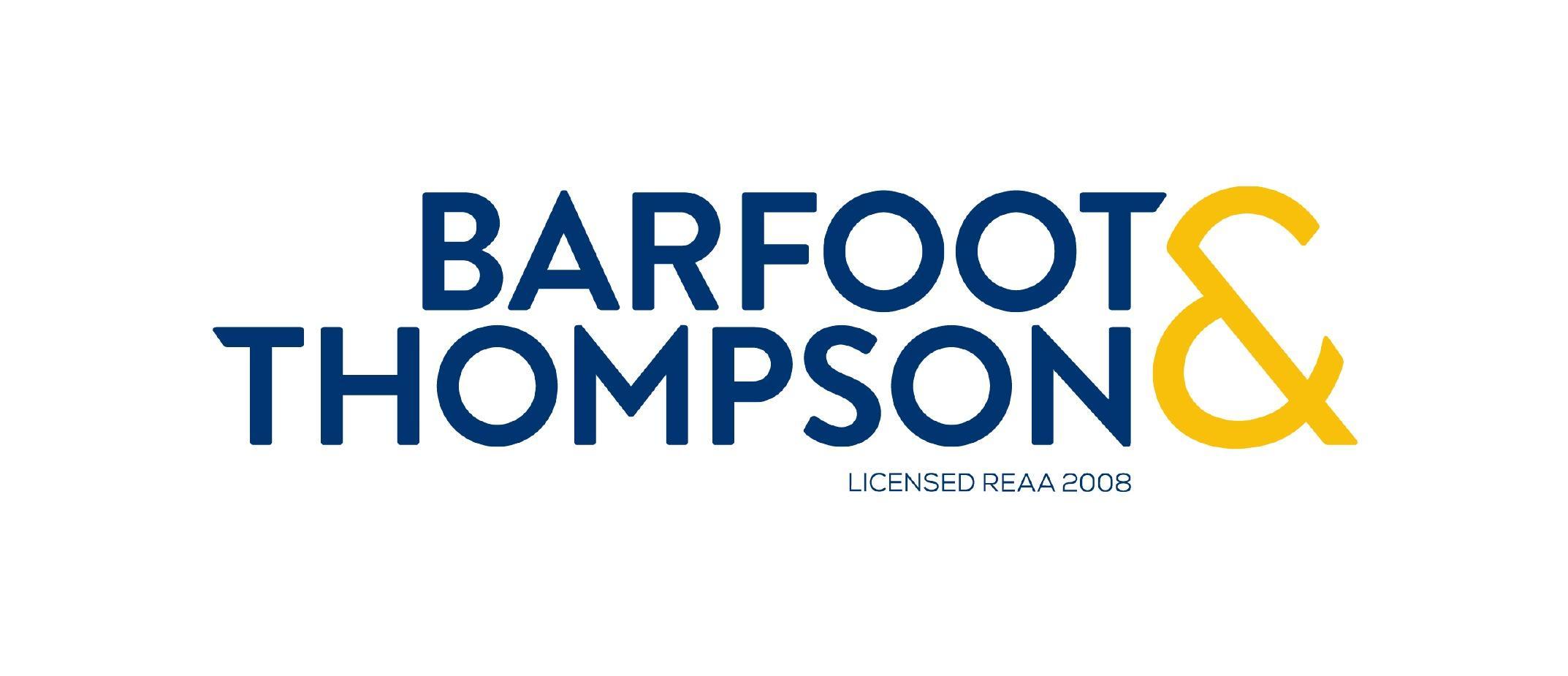


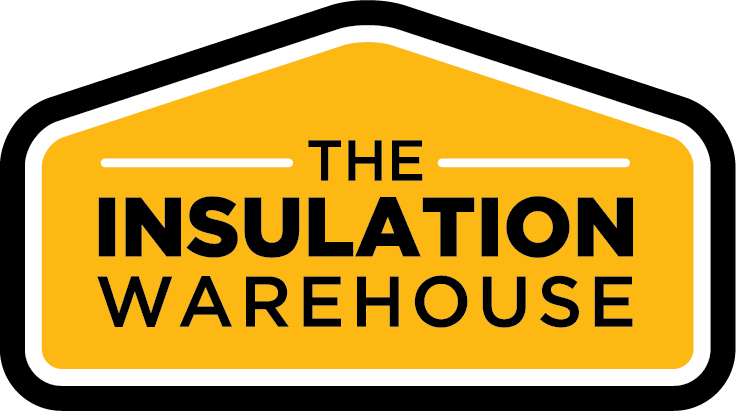

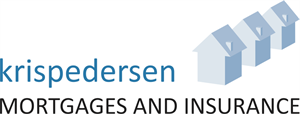
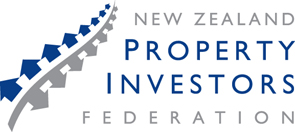
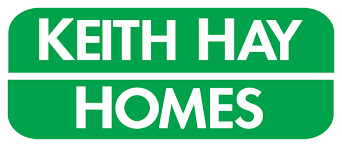

Add Comment